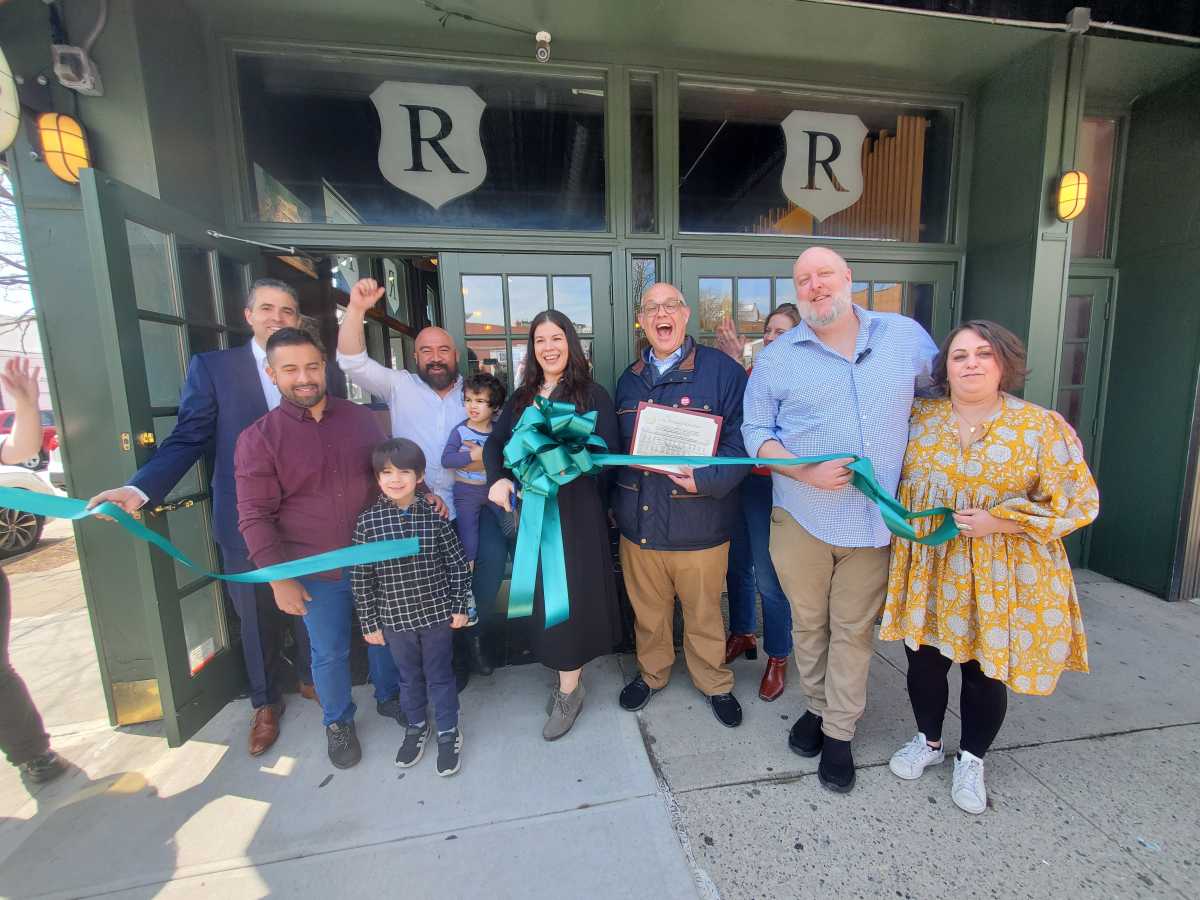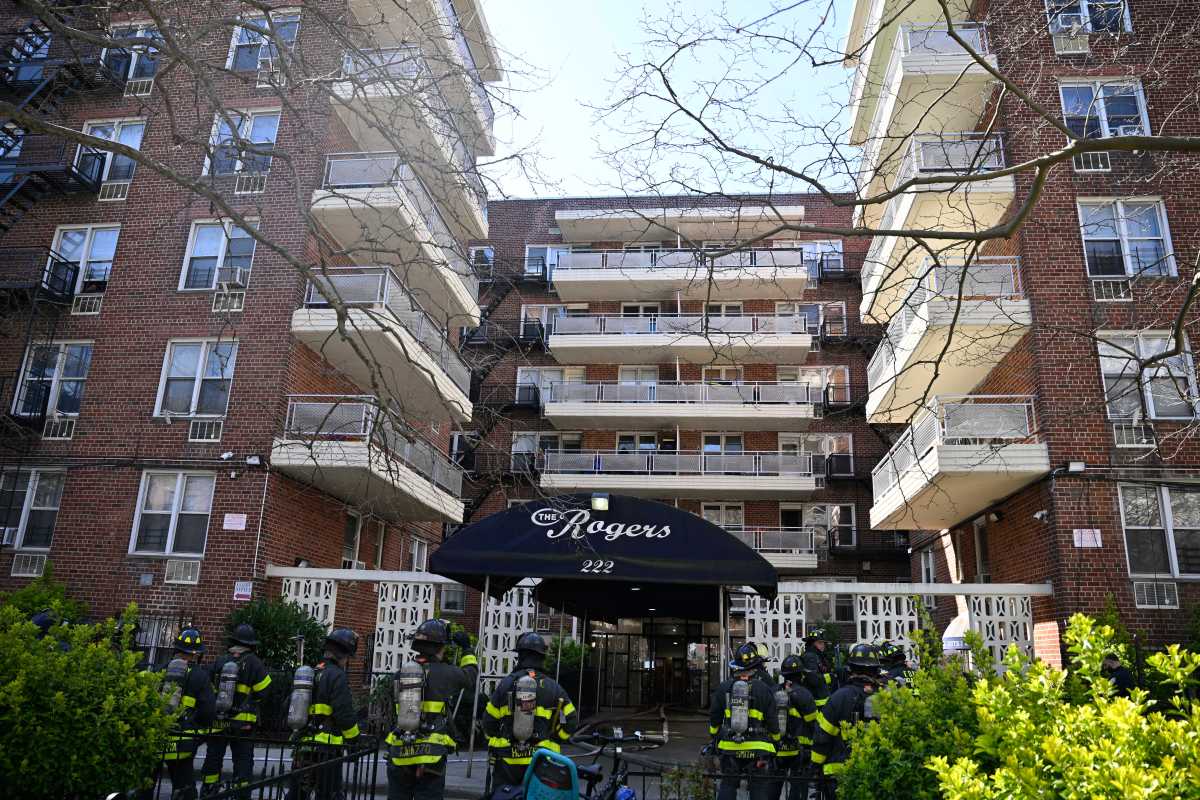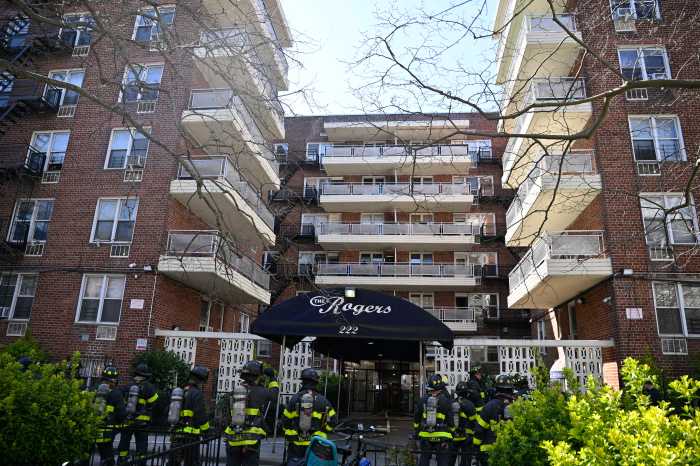
Another round of drinks with a shot of history, please.
On Monday night, at 54 Pearl St. in lower Manhattan, the Fraunces Tavern Museum unveiled a new exhibition that takes a sweeping look at the building’s dynamic 300 years of existence.
Despite being Manhattan’s arguably most historic watering hole and housing a museum for 112 years, the Financial District locale’s claim to fame remains George Washington’s emotional farewell speech to his officers after the end of the Revolutionary War. A permanent exhibition devoted to the event resides on the building’s second floor in the form of a re-creation of an 18th-century public dining room. Other Revolutionary War-themed exhibits at the museum include one about the era’s Colony-side secret spies, a Washington portrait gallery, and a history on the Sons of the Revolution, an organization devoted to American heritage education that helped preserve Fraunces Tavern. Also lying around the place is a locket containing one of Washington’s teeth, another encasing a lock of his hair, and a single shoe worn by his wife, Martha. (Museum officials are unsure as to where the matching shoe is, if it still exists at all, or exactly how they came into possession of the footwear.)

But the new exhibition “A Monument to Memory: 300 Years of Living History,” “surveys the different roles that the museum’s building has played over the years,” says Lisa Goulet, the collections manager at the Fraunces Tavern Museum. The bricked, four-story edifice — one of New York City’s first buildings to ever be landmarked, in 1965 — has “also been congressional offices, a boardinghouse and hotel,” Goulet says.

“We wanted to convey the idea that it’s more than the building that makes the memories around it,” she adds. “So we’ve also included art that’s not necessarily historically accurate, but it’s imagined representations of the building that people have created over the years.”
A curious oil-on-canvas painting by William I. Zabriskie, a past Sons of the Revolution president, places the contemporary museum building in a colonial-time setting. In it, 54 Pearl St. is flanked by trees and a small, gray-painted wood home, with a horse-drawn buggy passing by on a cobble-stoned street — hardly what you see surrounding the construct today. The artwork, which Goulet found “really endearing,” and draws a connection between city folk and America’s more pastoral history, ranks among her favorite features of the new exhibition.

From the Zabriskie piece the exhibition swings toward an acknowledgment of the tavern’s endurance and vitality.
“[T]he original tavern … was a hub of activity,” a placard reads in part. The bar and restaurant “served a distinguished clientele: wealthy merchants who conducted business around the ports of lower Manhattan.” As far back as 1914, according to a “Bill of Fare” — commonly called “a menu” today — diners ate filet mignon for a dollar, Virginia ham with potato salad for $1.40, “Pig’s Knuckle in Jelly” for 65 cents, and raspberries or blackberries with cream for 30 cents. A coffee cost 20 cents, as did a hot cocoa.
Between 1785 and 1788, 54 Pearl St. was home to the Continental Congress offices, and, later, The Treasury and the Department of War. “Fraunces Tavern and other establishments that were previously civic and social meeting spaces became primarily social spaces as the political system professionalized and moved into private offices,” the placard chronicling this time period reads.

One portion of the exhibition is particularly relevant to current politics — that which observes the period between 1801 and 1904, when portions of the building operated as a boardinghouse, primarily for laborers separated from their families while engaged in apprenticeships. “Boardinghouses were nestled in commercial districts and served those who could not afford to commute,” the exhibition explains. Goulet says the boardinghouse and other building operations have “continuously been run by immigrants in New York City,” not necessarily the building’s owners at a given time. The placard summarizing the boardinghouse era subtly hints at the building’s and city’s welcoming of immigrants.
“It’s important to represent that and it’s something I would love to elaborate on in the future if we’re doing similar shows,” Goulet says.

Additional exhibition attractions include photos — one dating as far back as 1867 — and artifacts, such as a building brick from 1778, that have never been publicly displayed before.
Because of the building’s age and diverse history, museum curators “have [had] a chance to explore all these different veins of history, and topics within it,” Goulet says. “We’re not just telling the story of the events of the American Revolution, but we have this opportunity, because it’s a tavern, to stuff programming focused on the history of cuisine and culture at large,” among other focuses, she adds.
Admission to the museum is $7 for adults, $4 for seniors, students, and children, while kids under five years old and active military personnel get in for free. “A Monument to Memory: 300 Years of Living History” is expected to run well into 2020.




































